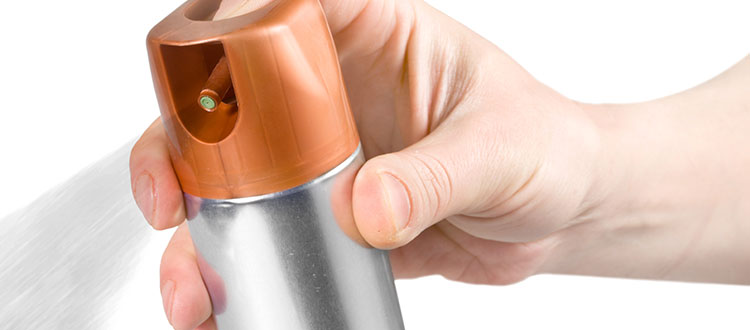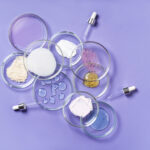Recommended Read: Ten Questions Concerning Air Fresheners
 |
| Alex Scranton Director of Science and Research |
Are you ever bothered by air fresheners or concerned about their potential impact on your health? Do you have trouble convincing others around you that there might be valid reasons for being concerned? Well you aren’t alone. Here at Women’s Voices for the Earth we get contacted frequently by folks who are affected by air fresheners and wish they had more information they could share with their friends and colleagues to really explain the risks and validate their concerns.
Well that’s why I was so excited to discover a recent paper, “Ten Questions Concerning Air Fresheners and Indoor Built Environments”. Published in the reputable scientific journal, Building and Environment, this article poses ten key questions about air fresheners, and pulls together key scientific studies to answer those questions in an audience-friendly way. Questions such as:
- What are air fresheners?
- What do air fresheners emit?
- How do air freshener emissions affect the indoor environment?
- How do air freshener emissions affect human health?
- What about involuntary exposure to air fresheners within indoor environments?
A few — rather alarming — answers to those questions, include:
Air fresheners emit over 100 different chemicals, including volatile organic compounds [VOCs] … Of all VOCs emitted, approximately one-fourth are classified as potentially toxic or hazardous under one or more federal laws in the US, and all air fresheners tested emitted one or more of these compounds.
and
Air freshener exposures, even at low levels, have been associated with a range of adverse health effects, which include migraine headaches, asthma attacks, breathing difficulties, respiratory difficulties, mucosal symptoms, dermatitis, infant diarrhea and earache, neurological problems, and ventricular fibrillation.
To be sure, there are many people who love air fresheners, and feel that they truly have a positive impact on the ambience of their homes and businesses. Certainly, the marketing for air fresheners strongly implies that these products can easily and inexpensively improve the places where you live and work. And while frequent users of air fresheners may not be personally experiencing or recognizing immediate adverse health effects, they are also often unaware of some of the actual impacts on air quality and the documented risks to health. As the paper describes it:
“This article investigates the seeming paradox that products designed to improve the indoor environment can pose unintended and unknown risks.”
The full paper is available for free download here: http://www.sciencedirect.com/science/article/pii/S0360132316304334
I hope you will find it informative and useful as I have in your efforts to share your concerns of air fresheners!






